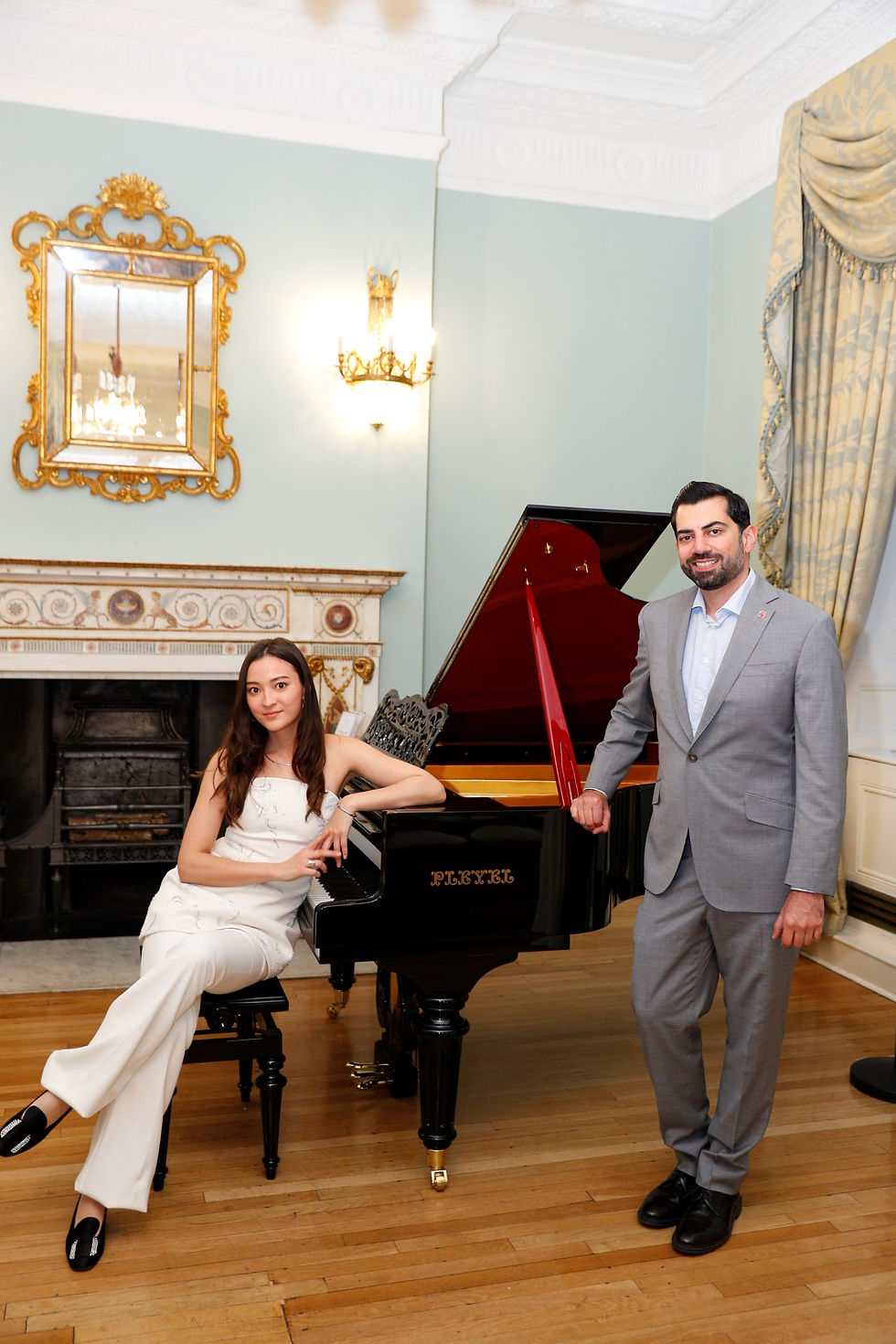Ace of Bass
- Muzaffar Shah
- May 28, 2019
- 3 min read
The lowest notes of a piano can be some of the most beautiful. There is nothing quite like the purring, powerful bass of a Steinway or the dark, chocolatey resonance of a Pleyel grand piano’s bass. Recent advances in bass string technology, exclusively introduced in the UK by Grand Passion Pianos, have yielded a new level of bass response and unparalleled performance, even in baby grand pianos.

The bass register is of central importance to much piano repertoire; the deep notes of the piano provide a vital harmonic foundation for the clusters of dense chords in a Rachmaninov piano work or a delicate pedal note in a Chopin nocturne. Bass notes in octaves add immediate drama in Romantic piano works.
The bass of the piano is also the primary reason for the differences in the length of grand pianos – the rationale being that longer bass strings produce a superior sound. Whilst the general approach to bass string length is logical, there are many other factors and applied science which Grand Passion Pianos has explored to enhance and optimise piano bass response.
When you look inside a typical grand piano you will notice that the bass strings are copper coloured and the other strings are silver coloured and are thinner. This is due to a fundamental problem with the piano bass – if plain wire was used which is the same as the wire used in the rest of the piano, the length of the wire required to produce the correct notes in bass would be extremely long – approximately 26 feet if the same gauge of wire was used throughout the piano (calculation courtesy of piano technician Adrian Hamilton). Clearly, a 26 foot long bass string would be highly impractical. Therefore, to keep the piano to reasonable dimensions piano makers have traditionally solved the problem by increasing the mass of the bass strings by wrapping the string with copper wire. An increase in the massof the string results in a lower frequencynote allowing the piano bass to produce the correct notes with shorter bass strings.
Ideally bass strings would be unwrapped to produce the purest tone possible, but as outlined above, that is simply not possible. The wrapping solution outlined in the paragraph above produces good results in pianos of more than around six feet in length. However, shorter grand pianos suffer from a much less satisfactory bass section because the bass strings have to be made ever thicker as a piano decreases in length in order to create enough mass for the piano to produce the correct bass notes. In small grands, these thick strings can produce a tubby, muddy sound with unwanted harmonic overtones. Despite the problem with the bass strings in small grand pianos, piano makers have persisted in wrapping bass strings in copper instead of looking at the problem anew.
For Grand Passion Pianos the status quo was not good enough. We knew that it was possible to create a bass string with superior qualities using modern science sensitively incorporated into older pianos. For several years we have collaborated with a French piano scientist to realise this aspiration and to present an entirely new type of bass string. Using several different types of metal and finished in a brilliant nickel coating, each bass string is optimised and calibrated for ultimate performance even in baby grand pianos. And unlike copper-wound bass strings which begin to oxidise within a few years of installation, our bass strings will never rust.
The result? A brilliant, silver-coloured bass string producing rich, purring tones with the maximum amount of the fundamental of the note. A complete absence of the tubby, harmonic-filled sound of shorter copper wound strings.
Our new generation of bass strings is fitted to each of our Pleyel grand pianos. Contact us for more information or for a live demonstration of this extraordinary new technology.








Comments